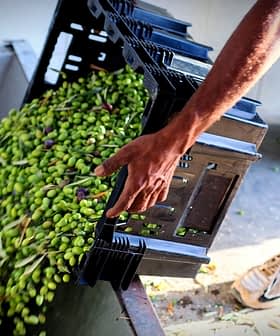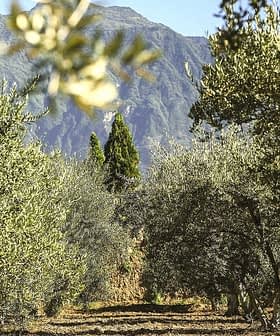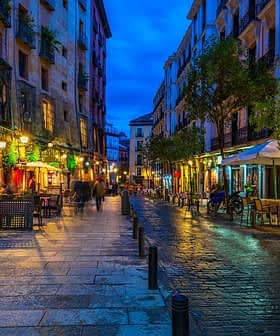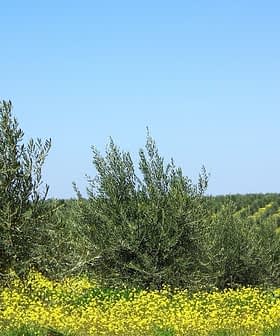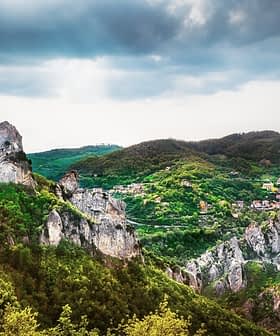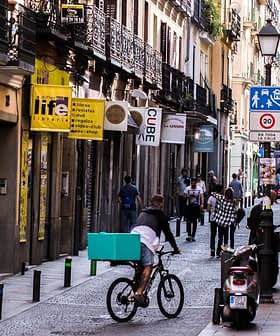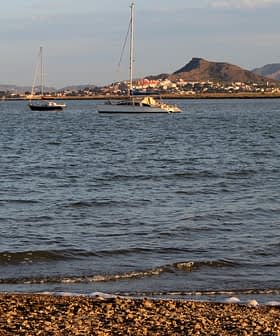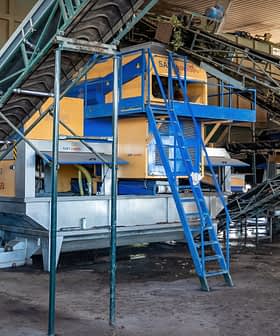Rioja Alavesa's Olive Oil Renaissance
Rioja Alavesa is famous for its wine production. A new book details the Basque sub-region's olive oil history as local groups work to revitalize the sector.
 Photo courtesy of Viajes & Vinos.
Photo courtesy of Viajes & Vinos.Olives are making a comeback in Rioja Alavesa, a small district located in the south of the Spanish Basque Country.
The district is also a sub-region of DOC Rioja, which is renowned for its award-winning wines and is one of only two DOC (Denominación de Origen Calificada) regions in all of Spain. However, at the beginning of the twentieth century, olive trees dominated the landscape.
It is a human book, with formidable characters, that reads with emotion.
A new book published by Fernando Martínez-Bujanda and Antoni Juan Pastor chronicles the story of the olive in this wine-centered region. El Olivo de Rioja Alavesa, un Compañero Centenario (the Olive Tree From Rioja Alavesa, A Centenary Partner, in English) tells the story of Rioja Alavesa’s olive sector through the eyes of multiple generations, from old farmers who relate historical events of the region to young producers starting new projects.
See Also:Olive Oil CultureAlong with telling the story of the olives in this district, the book also provides general information about the history of olive cultivation and oil production and contains a section with proverbs and a glossary of olive and oil-specific terms, including some employed only in Rioja Alavesa.
In early 1900s, olive trees dominated the district’s landscape. About 2,500 acres of trees covered Rioja Alavesa and sustained its agro-economy in the absence of vines, which only totaled 500 acres and had been decimated by phylloxera.
This began to change in the 1950s and 1960s when grapes once again became a profitable crop. Selling olives soon turned out to be more lucrative than making olive oil, which led to the removal of 2,000 acres of trees by 2000.
Fortunately, the 2000s witnessed a renewed interest in cultivating olives. This change led to the start of Oleum, a project launched in 2007 with the goals of putting a halt to the destruction of olive groves, planting new trees, and getting younger generations more involved in olive cultivation and oil production.
Martínez-Bujanda, the former president of Rioja Alavesa’s Table of Oil and Olive (MAORA) is leading the charge. He founded Oleum and has taken responsibility for transforming olives back into a profitable commercial agri-food.
The Rioja Alavesa Olive Association (AORA) has also taken a leading role in revitalizing olive cultivation, starting up and working on various projects in the district over the past two years.
As of 2017, there were approximately 1,200 acres of olive trees in Rioja Alavesa, 500 of which were old olive groves that survived the destruction of the mid-twentieth century.
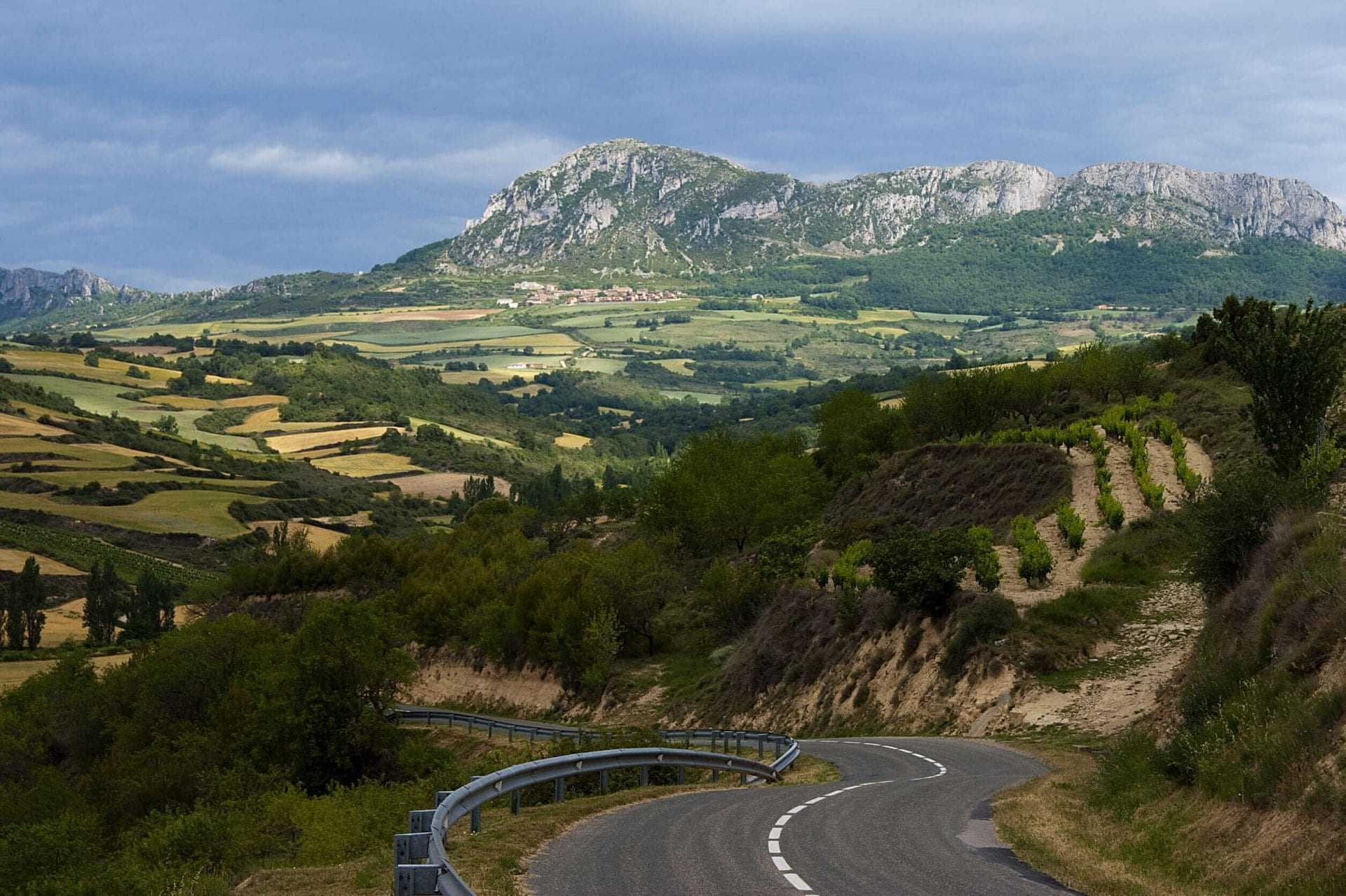
Approximately 75 percent of the olive trees – including the majority of the very old trees – planted in Rioja Alavesa are in the municipalities of Moreda de Alava, Lantziego and Oión. There are also centenary olive trees in Laguardia.
Well adapted to the cold and dry climate of Rioja Alavesa, Arróniz (also known as Royuela in La Rioja) is the most popular local olive variety, producing oils with pleasant aromas, mild flavors and low bitterness.
Even though they do not yet have a Protected Geographical Indication, Rioja Alavesa’s olive oils have labels that certify their origin and type: Euskolabel, Ecological, and Euskolabel-Ecological.
AORA is now working on positioning Rioja Alavesa’s local oils in the very premium end of the Spanish extra virgin olive oil market. To this end, the organization is providing technical training to olive growers, so that they will acquire skills to improve the quality of the harvested olives as well as the production of oil at olive mills, of which there are still very few and only a small number.
Some small wineries with olive trees are producing limited amounts of olive oil too. They hope to use the oils as a complement to their wines and sell them during tourist season. There are also plans at many wineries to expand olive oil production capacities.
Olive oil tourism, ‘oleotourismo’ is already beginning to take off in Rioja Alavesa, which already has an annual regional Olive Oil Fair at which local oils are showcased.

